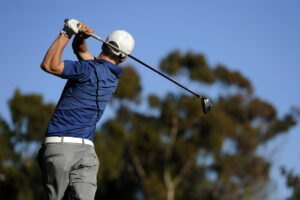Golfer’s elbow, or medial epicondylitis, is a common condition that causes pain on the inner side of your elbow. Many of the tendons of your forearm muscles responsible for flexing the wrist and hand, attach to the bony prominence on the inside of the elbow and can become inflamed due to minor injury, repetitive use, or sometimes for no reason at all.
Golfer’s elbow is similar to tennis elbow; however golfer’s elbow causes pain on the inside of the elbow whereas with tennis elbow, pain is located on the outside.
Cause: Golfer’s elbow is most common in people older than 35 and despite its name, it can affect anyone who repetitively stresses the wrist or fingers.
- Golf: When taking a golf swing, this tendon located on the inside of the elbow is stressed, especially when technique is lacking.
- Throwing Sports: Golfer’s Elbow can also be referred to as Pitcher’s Elbow or Little League Elbow due to this same tendon being stressed with improper or repetitive overhead throwing.
- Racket Sports: Excessive top spin or using a racket that’s too small or heavy.
- Weight Training: Lifting weights with improper technique or overloading the elbow muscles or tendons.
- Gripping: Activities that require extreme or repetitive gripping such as rock climbing or certain occupations may cause inflammation at this area.
- Other Activities: Any activity causing you to repeatedly bend and straighten your elbow and wrist can cause Golfer’s Elbow this includes: painting, raking, hammering, chopping wood, using a computer, doing assembly-line work, and cooking.
Symptoms:
- Pain and tenderness on the inner side of your elbow and sometimes extending into the forearm.
- Stiffness in the elbow
- Weakness in the wrist or hand. It may be painful to make a fist.
- Numbness or tingling radiating into one or more fingers—usually the ring and little fingers.
Symptoms may occur suddenly or gradually and you may experience pain with the following activities:
- Swinging a golf club or racket
- Squeezing or pinching
- Shaking hands
- Turning a doorknob
- Lifting weights
- Picking up objects with your palm down
- Flexing your wrist
Contact your doctor if rest, ice, and over-the-counter pain relievers do not ease your elbow pain. If left untreated, golfer’s elbow can cause: Chronic elbow pain, limited range of motion, or a lasting, fixed bend (contracture) in your elbow.
Prior to any anesthetics or steroids being used for treatment, conservative treatment such as physical therapy or occupational therapy should be used.
Here at ApexNetwork Physical Therapy we can work to resolve your elbow pain, return you to your golf game (or other activities), and educate you on preventative techniques to avoid future injury. Physical therapy treatments for Golfer’s Elbow typically involve a variety of exercises beginning with stretching and gradual strengthening. Treatments may also include modalities and manual therapy to reduce inflammation and education on activity modification to allow healing.
If you have any questions regarding your elbow pain, please don’t hesitate to contact our therapists here at ApexNetwork Physical Therapy.

